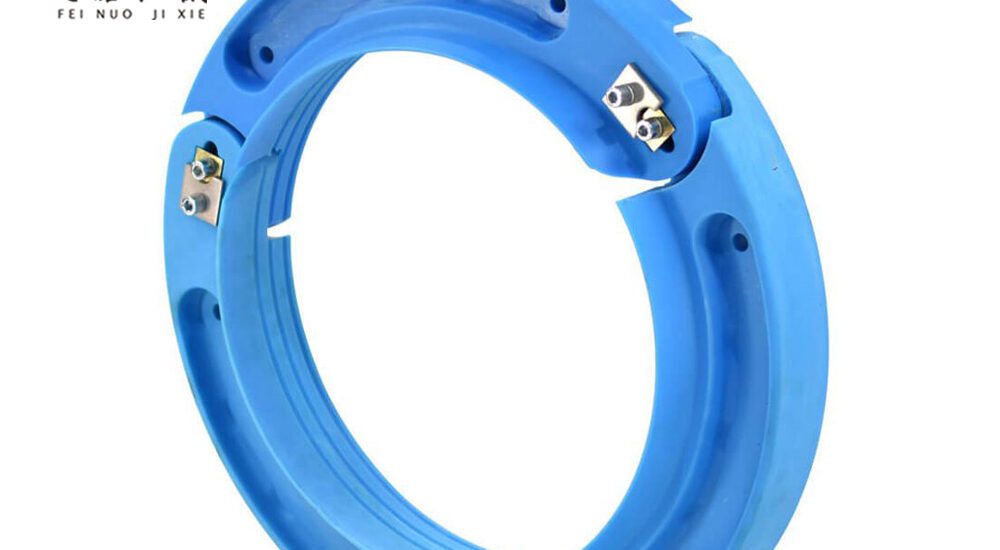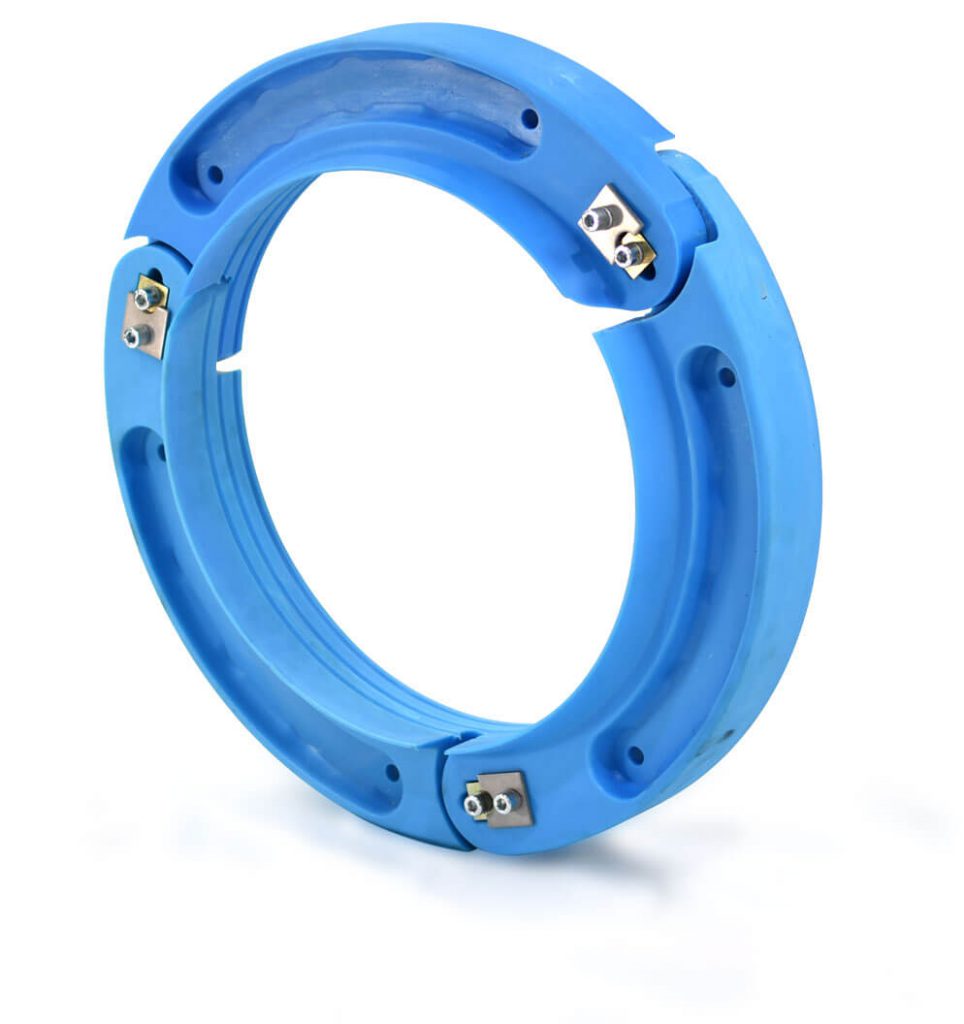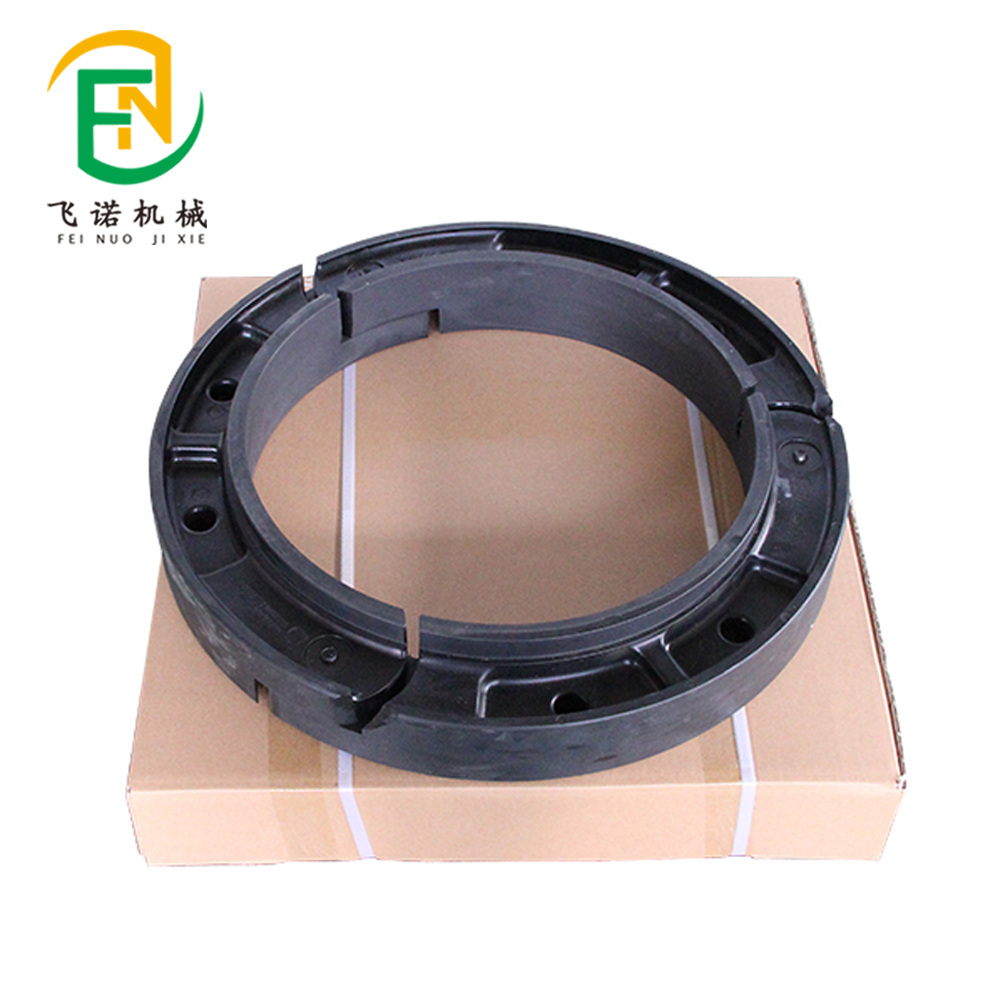- May 15, 2025
- Posted by: feinuojixie
- Category: Injection Molding News


No driver enjoys the sudden jolt of a flat tire. Whether it strikes during a late-night commute or in the middle of a remote road trip, a flat tire isn’t just inconvenient—it’s potentially dangerous. Pulling over on a highway shoulder or navigating a roadside emergency exposes drivers to risks that extend beyond delays. For commercial vehicles, delivery fleets, or security escorts, a single flat tire can mean compromised schedules, stranded assets, and even life-threatening vulnerabilities.
For decades, the go-to solutions have involved spare tires, tire sealants, or built-in run-flat tire technology. Yet these options often come with trade-offs like added weight, reduced ride comfort, or limited driving distance after deflation. That’s where a new innovation is turning heads—run flat insert.
Instead of redesigning the entire tire, run flat insert is installed within the existing tire and wheel assembly. This simple yet powerful concept is reshaping tire safety and performance from the inside out. As more drivers, industries, and vehicle manufacturers adopt it, the road ahead is looking a lot more reliable—and a lot less stranded.


What Is a Run Flat Insert and How Does It Work?
A run flat insert is an internal support device placed inside a tire to maintain functionality even after complete air loss. Unlike conventional run-flat tires that rely on reinforced sidewalls, this insert acts as a physical support ring that allows the vehicle to continue moving—typically for 50 to 100 kilometers at reduced speeds—after a puncture or blowout.
Made from high-strength polymer or rubber composites, the insert fits snugly around the wheel’s rim inside the tire cavity. When the tire deflates, the vehicle’s weight is transferred to the run flat insert, allowing for controlled driving instead of sudden immobilization. This design makes it ideal not just for passenger cars but also for trucks, military vehicles, and security transports that cannot afford downtime.
The Science Behind Run Flat Insert Technology
At the core of run flat insert technology is a blend of material science and mechanical engineering. Most inserts are crafted from high-density polyurethane or similar elastomers known for their load-bearing capacity and thermal resistance. These materials are molded into a ring structure with internal reinforcement to prevent collapse under the weight of the vehicle.
When a tire loses pressure, the insert takes over, absorbing impact and maintaining shape to allow for continued motion. Some designs feature built-in cooling channels or heat-dissipating materials to handle the friction generated during zero-pressure driving. These innovations ensure that a run flat insert can perform under extreme stress without degrading prematurely.
Why Run Flat Insert Is a Game-Changer for Off-Road and Military Use
Run flat insert is especially revolutionary for vehicles operating in hostile or remote environments. In off-road terrain, sharp rocks, rugged surfaces, and sudden elevation changes can easily damage traditional tires. For military applications, a flat tire is more than an inconvenience—it’s a tactical risk.
The insert provides peace of mind and uninterrupted performance even when the tire casing is compromised. Military convoys, armored vehicles, and rescue operations depend on this capability to stay mobile and safe. Similarly, off-road vehicles benefit from the added resilience, enabling drivers to tackle adventurous trails without the fear of being stranded miles from help.
Run Flat Insert vs. Traditional Run-Flat Tire: What’s the Difference?
While both solutions aim to prevent immobilization after a tire puncture, their approaches differ significantly. A traditional run-flat tire features reinforced sidewalls that temporarily support the vehicle after air loss. However, they often provide a stiffer ride, have limited compatibility with existing rims, and are typically more expensive to replace.
In contrast, a run flat insert can be retrofitted into most standard tire and wheel assemblies. It offers greater flexibility, allowing drivers to choose their preferred tire brand and tread pattern. The cost of replacing only the tire—without the specialized run-flat construction—also makes the insert a more cost-effective solution over time.
Safety Benefits That Can’t Be Ignored
Tire failure is a leading cause of roadside accidents, particularly at high speeds or under heavy loads. A blowout can result in loss of control, collisions, or the need to pull over in unsafe locations. Run flat insert addresses these risks by ensuring that the vehicle remains drivable after a puncture.
This extended mobility allows drivers to reach a safer place, avoid emergency roadside stops, and minimize exposure to traffic hazards. For security vehicles or armored convoys, the ability to maintain movement during a tire failure could be critical to mission success and personnel safety.
Cost and Maintenance: Is It Worth the Investment?
While the upfront cost of installing a run flat insert may be higher than a standard tire setup, it pays off in reliability and long-term savings. Inserts typically last through several tire replacement cycles, making them a one-time investment for years of added protection.
Maintenance is minimal. Once installed, a run flat insert doesn’t require frequent inspections beyond the routine tire service. When the tire itself wears out or is damaged, it can be replaced without needing a new insert, further reducing overall costs.


Run Flat Insert in the Consumer Market: Who Should Consider It?
Although run flat insert was initially popular in military and commercial settings, it’s quickly gaining traction among everyday drivers. Long-distance commuters, families traveling with children, and rideshare drivers all stand to benefit from this extra layer of security.
Fleet operators and logistics companies can also minimize downtime and improve delivery reliability by equipping vehicles with run flat insert. High-end security escorts, diplomatic transport, and emergency services are already relying on the technology to enhance operational safety.
Looking Ahead: The Future of Tire Safety with Run Flat Insert
As technology evolves, so does the run flat insert. Researchers are exploring lighter materials, modular designs for easier installation, and integration with smart tire monitoring systems. These advancements could lead to real-time alerts, automatic performance adjustments, and even predictive maintenance.
Automotive safety standards are also adapting to incorporate solutions like run flat insert into mainstream designs. As consumer awareness grows, we may see these systems become standard on more vehicles—not just premium or specialized ones.
Conclusion
Run flat insert is more than just a tire accessory—it’s a forward-thinking solution to one of the most persistent issues drivers face. From improving safety and convenience to reducing downtime and long-term costs, this innovation is changing the way we think about mobility. Whether you’re navigating city streets or rugged off-road terrain, run flat insert ensures that a flat tire never leaves you stranded again.
